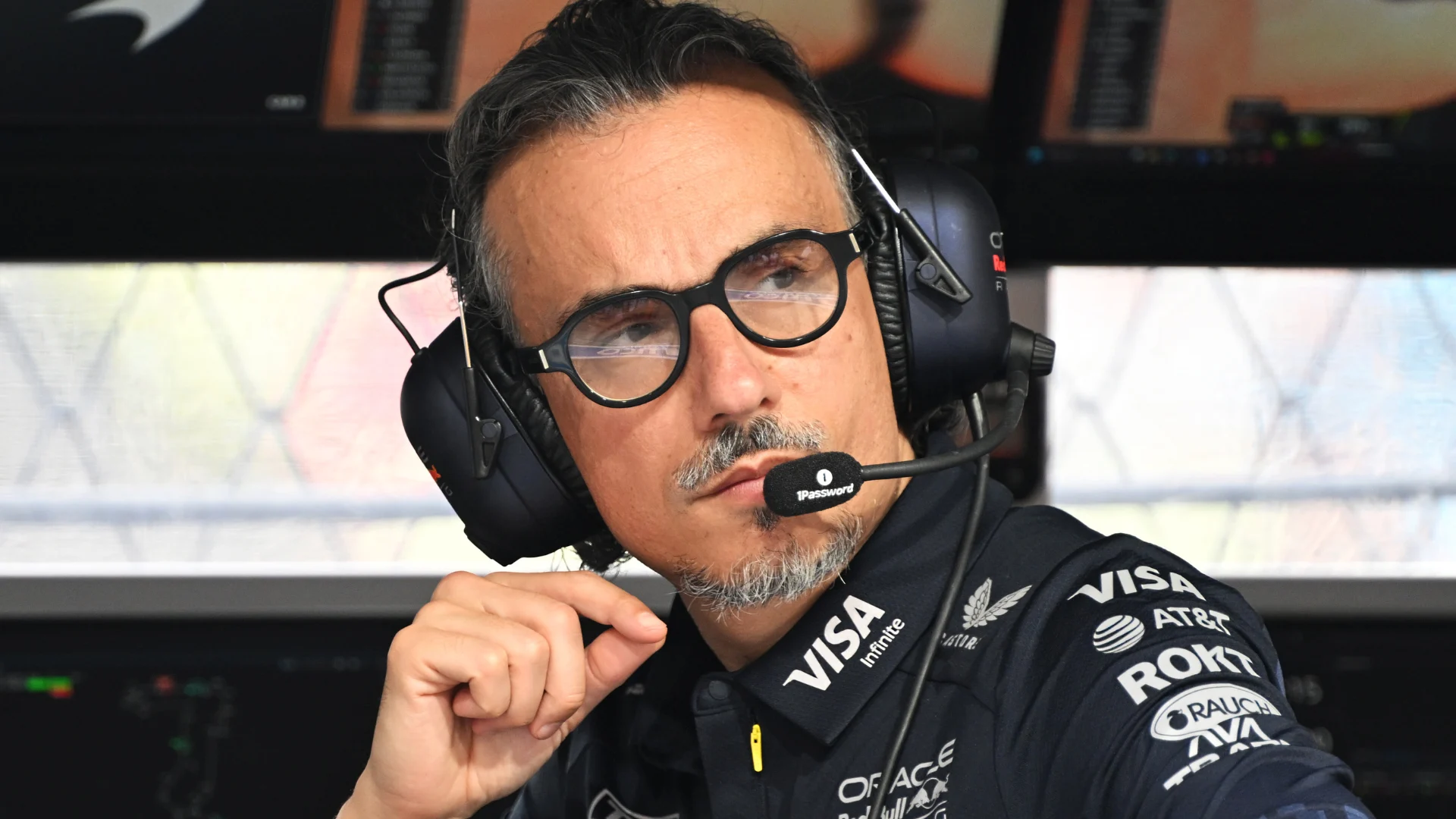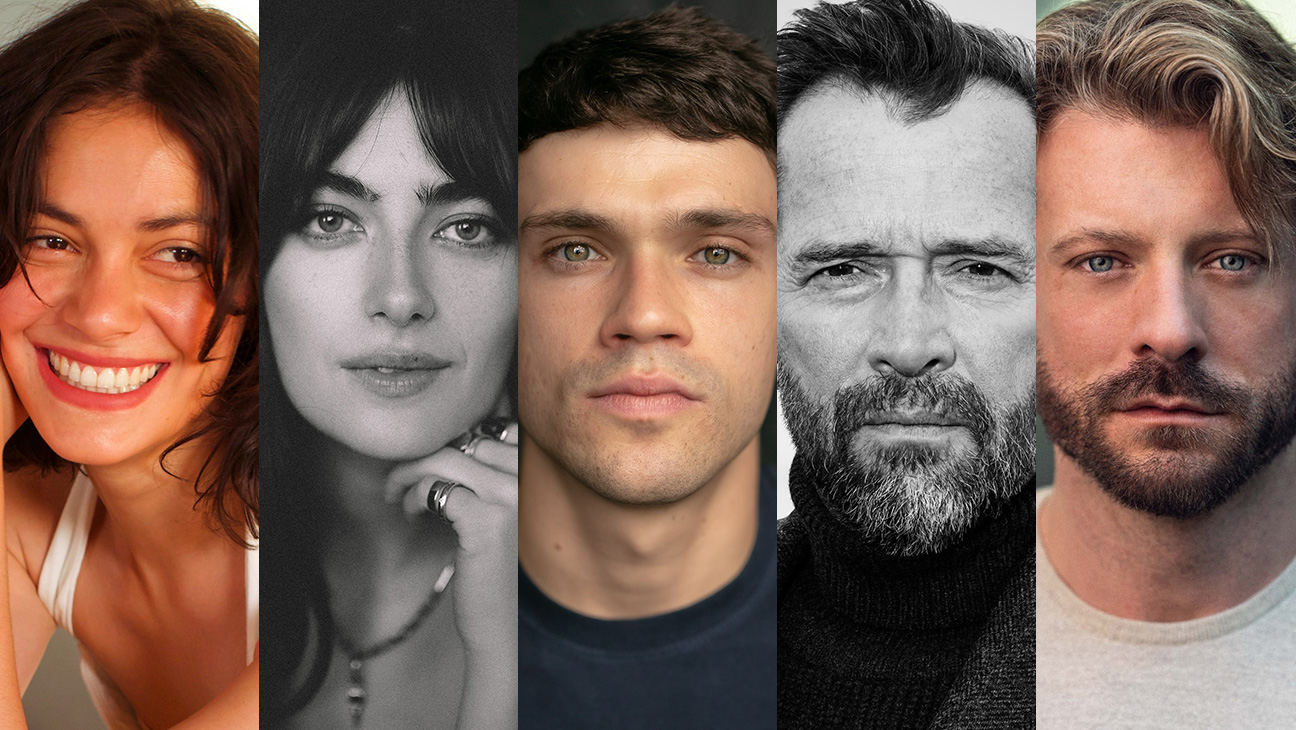Machine Gun…
Blog
-
Govt considers replacing Azad Kashmir PM Chaudhry Anwarul Haq – samaa tv
- Govt considers replacing Azad Kashmir PM Chaudhry Anwarul Haq samaa tv
- Prime Minister of Azad Jammu and Kashmir, Chaudhary Anwar ul Haq and Federal Minister for Parliamentary Affairs, Dr. Tariq Fazal Chaudhary holding a presser. APP/TZD
Continue Reading
-

Taylor Swift reveals key detail about engagement announcement
Travis Kelce and Taylor…
Continue Reading
-

‘Being able to fight for the win here, it means a lot’ – Mekies reflects on Red Bull’s Singapore Grand Prix
Red Bull Team Principal Laurent Mekies admits that “being able to fight for the win” during the Singapore Grand Prix “means a lot” after Max Verstappen finished second in Sunday’s race.
The four-time and reigning World Champion entered the race…
Continue Reading
-

Meet the Cast of Fox’s Bible Drama ‘The Faithful’
Fox’s biblical miniseries The Faithful has completed its main cast.
The six-hour series, set to premiere March 22 to coincide with the Passover and Easter holidays, has added Millie Brady, Blu Hunt, James Purefoy, Will Stevens and…
Continue Reading
-

Chemistry Nobel Prize awarded to trio in field of metal organic frameworks | News
The Royal Swedish Academy of Sciences has awarded the 2025 Nobel Prize in chemistry to Susumu Kitagawa, Richard Robson and Omar M Yaghi for their work in the development of metal organic frameworks (MOF).
The three scientists, who won the award on…
Continue Reading
-

Women’s World Cup: Nashra Sandhu bags multiple records during Australia clash – Cricket
Pakistan’s Nashra Sandhu celebrates dismissing Australia’s Tahlia McGrath (not pictured) during their ICC Women’s Cricket World Cup 2025 match at the R Premadasa Stadium on October 08, 2025 in Colombo. —… Continue Reading

Punjab mulls revival of safe, regulated basant festival under strict guidelines
In a positive development for kite-flying enthusiasts, the Punjab government is considering the revival of a controlled and safe Basant festival in selected areas during the upcoming spring celebrations.
A consultative meeting chaired by the…
Continue Reading
PTI confirms Gandapur to be replaced by Sohail Afridi as KP CM on ‘Imran’s directive’ – Dawn
- PTI confirms Gandapur to be replaced by Sohail Afridi as KP CM on ‘Imran’s directive’ Dawn
- PTI founder orders replacement of Gandapur with Afridi as K-P CM: Salman Akram Raja The Express Tribune
- Who is Sohail Afridi — the next KP CM?
Continue Reading

